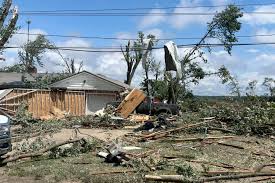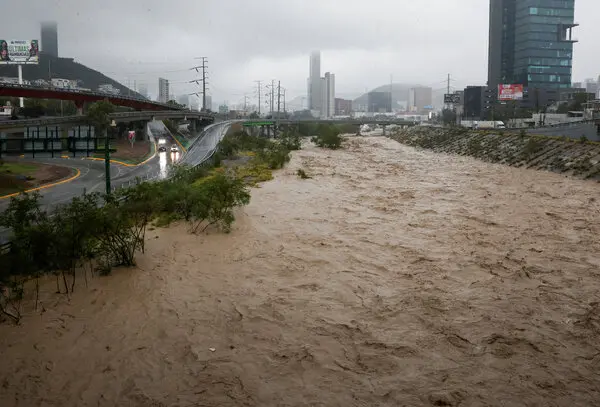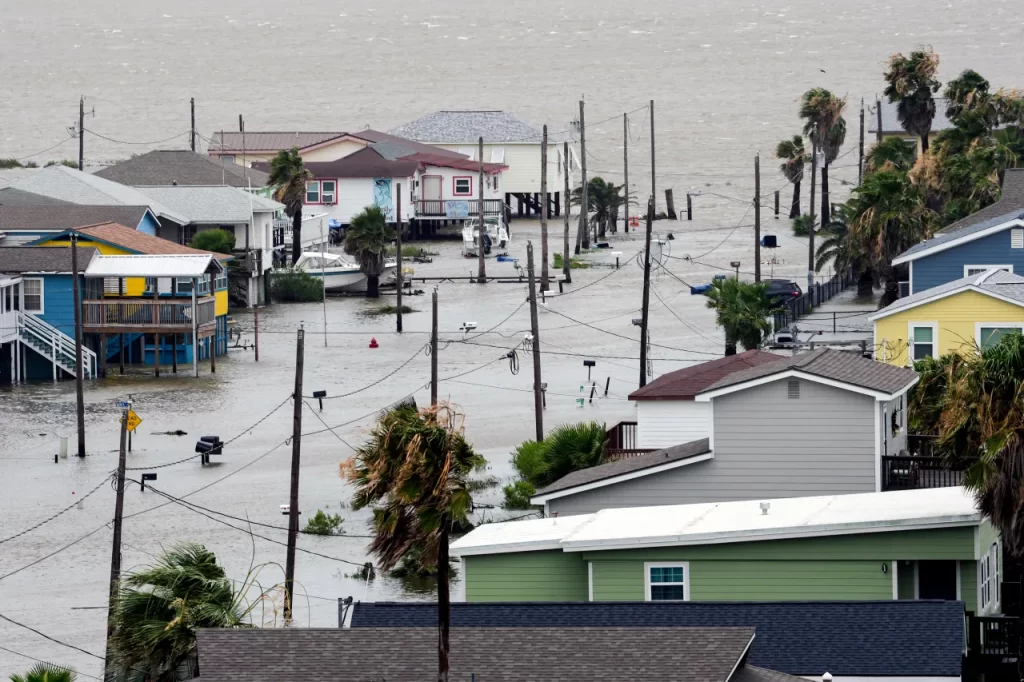In a startling turn of events that highlights the unpredictable consequences of extreme weather, more than 200 crocodiles have invaded urban areas in the northern Mexican state of Tamaulipas, bordering Texas. This unusual wildlife incursion is a direct result of heavy rainfall and flooding caused by Hurricane Beryl and the earlier Tropical Storm Alberto, according to state and federal authorities.

The cities of Tampico, Ciudad Madero, and Altamira have been particularly affected, with at least 165 crocodiles captured in these urban centers alone. Karina Lizeth Saldívar, head of the Tamaulipas state environment department, explained that the recent rains have significantly increased water levels in coastal lagoon systems, leading to a surge in crocodile sightings within populated areas.
The federal Attorney General’s Office for Environmental Protection has been actively involved in the situation, reporting that about 40 additional crocodiles were captured and relocated in June when Tropical Storm Alberto first impacted the region. Officials warn that the problem may persist, as receding flood waters in streets and drainage canals could lead to more crocodile encounters.
This wildlife crisis came to public attention when social media users began posting videos of captured crocodiles in urban settings, causing alarm among local residents. The images of large reptiles tied up in city streets highlighted the unusual nature of the situation and the challenges faced by both wildlife and human populations in the aftermath of severe weather events.

Crocodiles are a protected species in Mexico, adding complexity to the management of this situation. While attacks on humans are rare, they have occurred in the past, necessitating a careful approach to the capture and relocation efforts. Authorities are working diligently to ensure public safety while also protecting these important members of the local ecosystem.
The incident underscores the far-reaching impacts of climate change and extreme weather events on wildlife behavior and urban-wildlife interactions. As such events become more frequent and intense, cities near natural habitats may need to develop more comprehensive strategies for managing wildlife incursions and protecting both human and animal populations.

This situation also highlights the interconnectedness of environmental issues across borders, as the weather systems affecting northern Mexico also impacted southern Texas. It serves as a reminder of the need for international cooperation in addressing environmental challenges and wildlife management.
As authorities continue to monitor the situation and relocate crocodiles to appropriate habitats outside of populated areas, this event serves as a stark illustration of the unexpected consequences that can arise from the intersection of urban development, wildlife conservation, and climate change. It emphasizes the importance of preparedness and adaptability in the face of evolving environmental challenges.



